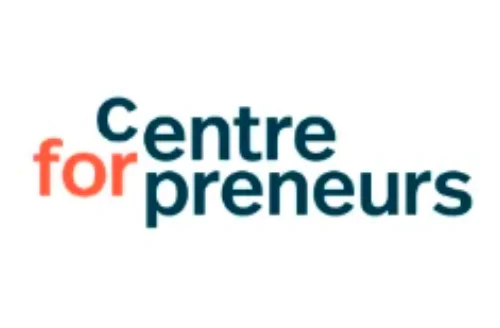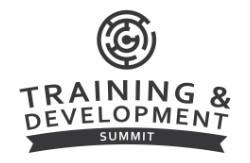Cutting spending when things get rough is one of the most obvious ways for a small business to keep its head above water. But making cuts at the expense of training and employee development is, in my opinion, a false economy.
When budgets are tight, employers tend to spend less on developing talent within their company. But cutting back on employee training is only cost effective in the short term. Looking further down the line, your business won’t be sustainable if the people within it aren’t capable of carrying out the roles they could potentially fulfil in future, and in the long run you may find you don’t have the talent available to make your company successful. While sales might have slowed, your employees’ need for learning and development opportunities won’t have changed. In fact, you may find the requirement for training actually increases as markets change more quickly.
Yet, at the same time, I appreciate the position SMEs find themselves in with little money and a need to use the funds available in the most effective way. So, if cutting training and development isn’t the answer, but the need to cut back on spending is pressing, how can you balance the two? The answer, I believe, is to create a coherent talent management programme – one that will make the most of your employee training budget and equip your business with the talent it needs to stay strong in years to come. Consideration of the following points will help you achieve a coherent talent programme within your business that will help you buck the downturn and develop firm foundations for the future.
The first step in achieving an effective and cost-efficient talent programme is to add some structure to the process – don’t just throw development and training at people; analyse what’s needed, source it, then use assessments to check whether it’s worked.
Secondly, make sure you have a good grasp of what talent is present in your company already. It seems obvious, but how can you know what you’re missing and what you need to find if you don’t know what you’ve got? When change is fast-paced, it’s hard to keep track of who can do what and how well. A good appraisal system can make this task easier. Using simple behaviour and skills assessments and recording the results can give you a detailed ‘x-ray’ of the range of skills you have – and those you need.
Pay attention to ‘soft skills’. Leadership skills, the ability to bind teams together and address problems are just as important as knowledge of nuclear physics or the ability to analyse a market for example. Forgetting to look at these personal attributes can lead to the creation of a group of individuals with all the talent to create a groundbreaking product and sell it, but who lack the ability to function in a professional situation.
Although academic qualifications are often used as shorthand for the level of ability an employee possesses, SMEs need to bear in mind that the structure and content of our education system has been changing for decades, adapted by successive governments, the result of which is that employers can no longer rely on school and college qualifications as a reliable indicator of an individual’s skills, knowledge and aptitude. As a result, businesses are left to find out for themselves, often through trial and error, whether an employee is capable of fulfilling their role in a company.
During difficult economic times, this ‘trial and error’ approach is clearly not efficient, which puts the onus on business owners to use appropriate assessments to double-check a candidate’s skills and knowledge and make their own judgements about their potential career progression.
In particular, when thinking about an employee’s future in your business, you need to make sure you’re thinking far enough ahead and linking talent planning to your targets and strategy. You may have the skills you need for this year but what are you planning next year or in three years time? SMEs that enjoy long-term success are those that incorporate talent and skills planning into their forecasting and forward planning – and this will help increase the efficiency of your talent management programme. New people and people in new jobs take time to become effective so you need to include a time dimension into your talent planning: business owners need to ask themselves, ‘Do we need this skill now or in five years time?’
Rather than just throwing training at employees and keeping your fingers crossed, thinking ahead, analysing what talent your company needs and creating a structured talent programme will give your company the best possible opportunity of future success.
Share via:

















































